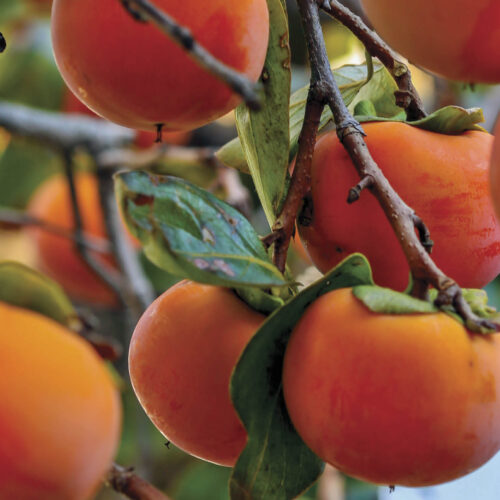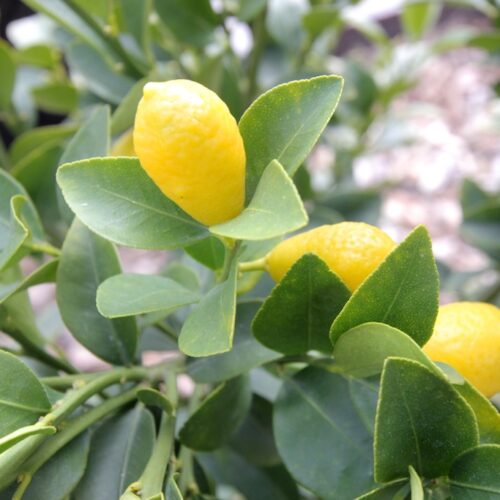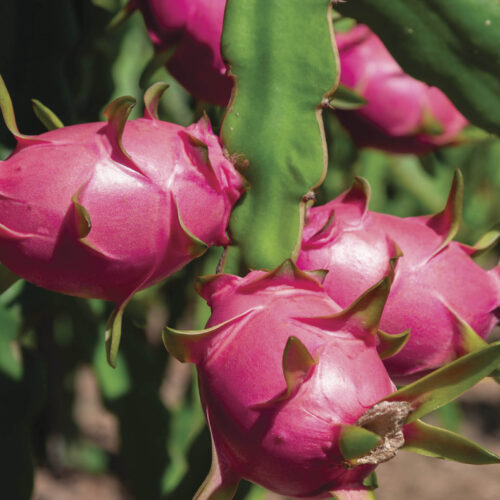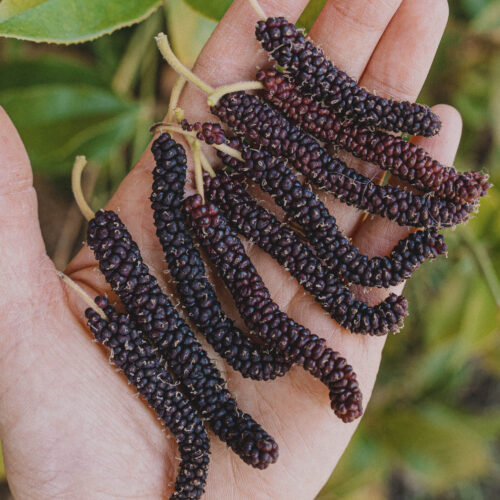Tangy tamarillo
2015-04-28T01:14:26+10:00
These fruit are worth growing just for their vibrant colours says PENNY WOODWARD
Tamarillo, Solanum betaceum, is in the same family as capsicum, potatoes, egg plant and tomatoes, in fact it was once commonly call tree tomato. Native to the Andes Mountain Range and thus several different South American countries, tamarillos gained their name from a competition in New Zealand to find a more interesting and exciting name than tree tomato.
My tamarilloes look fabulous at the moment, the bright orange can be seen from the other end of the garden. And so far the birds and possums haven’t found them so I’m enjoying eating them straight from the tree. Soon I will also collect them to make chutney.
Tamarilloes grow in Australia from frost free temperate regions to the sub-tropics, and they will grow further north in the tropics but fruit will not be as large or prolific as they are in cooler regions. They will grow in most soils, although they must be well-drained, and do best in light, deep, compost enriched soils in full sun or semi-shade. Plants can grow as tall as 5m but are generally a bit less and will survive for up to 12 years.
Grow new plants from cuttings or seeds, and protect young plants from frost. Older plants cope with frosts to -3ºC but anything more will killl them. They also need some protection from the hottest late afternoon westerly sun, and plenty of water during dry times. Mulching thickly around the tree will help to reduce moisture loss and suppress weeds. Also plant trees where they’ll get protection from wind as the roots are relatively shallow and strong winds will easily uproot adult trees and snap branches.
In New Zealand there are several different cultivars available, but in Australia tamarilloes are generally only distinguished by their fruit colour, red or yellow/orange. Both colours start green, but the reds then turn purple before becoming a deep red. Yellow fruit go from green to yellow to deep orange when ripe. The flesh of yellow/orange fruit is sweeter than the red, which is sharper and more savoury. All tamarilloes are rich in Vitamins A and C, as well as iron, calcium and magnesium while being low in calories. I love to eat the ripe orange fruit by spooning out the flesh and eating them as they are, seeds and all, like a passionfruit. The skins are quite bitter so not usually eaten. Both orange and red tamarilloes are wonderful in sauces, chutneys and curries, but the stronger more astringent flavour of the reds give them an edge over the oranges.
An odd quirk of these trees is that some will produce fruit with tiny ‘stones’ in the flesh just below the skin. these are made of calcium and sodium, and can make the fruit difficult and unpleasant to eat. This is not so much of a problem if you are spooning out the flesh to eat because the ‘stones’ are left behind with the skin, but if you chop fruit whole for chutneys and sauces then these ‘stones’ are hard enough to break teeth. Breeding is gradually getting rid of this trait. If, though, your tree produces fruit like this and you want to use them whole, then the only thing to do is to dig out the tree and start again. If you are growing your own from seed or cuttings then make sure the fruit does not have these stones.

.jpg)




